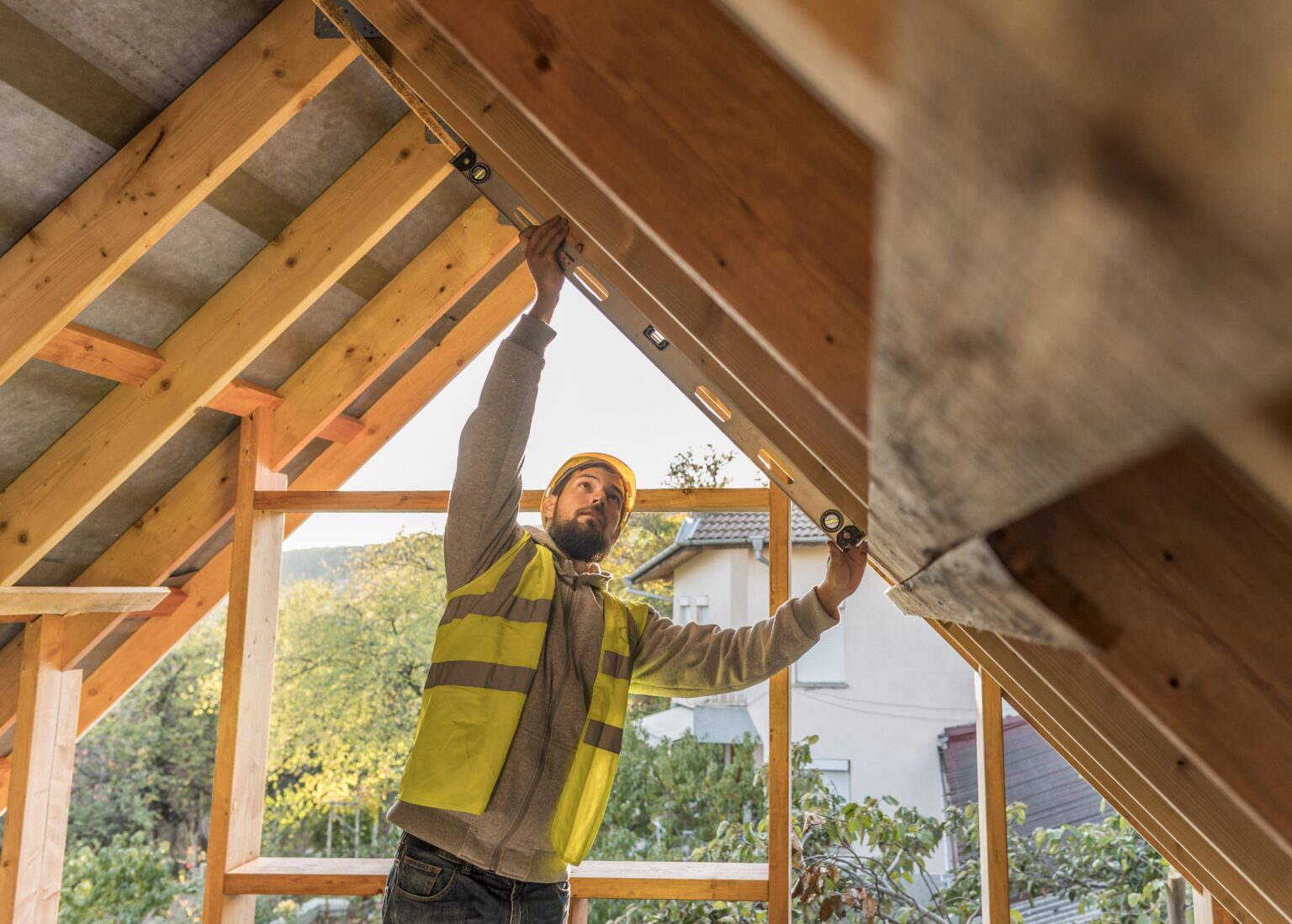Is Continuous Insulation a Continuous Air Barrier?
Continuous insulation (CI) in the context of home building is a layer of insulation that is installed without any thermal breaks. This means that the insulation is continuous around the entire building envelope, including the walls, roof, and foundation. CI helps to reduce heat loss in the winter and heat gain in the summer, which can save homeowners money on their energy bills.

Is Continuous Insulation a Continuous Air Barrier?
Are all types of foam insulation panels considered air barriers?
No, EPS from most manufacturers is not considered air tight unless at lest 5.5 inches thick according the standard promulgated by Energy Star. Consult the spec sheet for the product to see if it is certified for air infiltration at a different thickness.
Are other installation steps required to make foam panel insulation an effective air barrier?
Foam insulation panels should be installed tightly against each other and all seams and penetrations should be sealed with tape or caulking. The sealing products must be compatible with the foam panels. In general, products with organic solvents are incompatible.
What are the characteristics of airtight sealing tapes?
- High adhesive strength: The tapes have a high adhesive strength, so they will adhere well to a variety of surfaces, including wood, metal, plastic, and concrete. The adhesive will be chemically compatible for application to polystyrene.
- Moisture resistance: The tapes are resistant to moisture, so they can be used in both indoor and outdoor applications.
- UV resistance: The tapes are resistant to UV radiation, so they will not degrade over time due to sun exposure.
- Temperature resistance: The tapes are resistant to extreme temperatures, so they can be used in a variety of climates.
- Airtightness: The tapes are airtight, so they will help to seal cracks and gaps in the building envelope, preventing air infiltration and improving energy efficiency.
- Durability: The tapes are durable and long-lasting, so they will provide a long-term airtight seal.
- Easy to apply: The tapes are easy to apply by hand or with a tape dispenser.
- Solvent-free: The tapes are solvent-free, making them safe to use and environmentally friendly.
- VOC-free: The tapes are VOC-free, so they will not contribute to indoor air pollution.
Another tip is to look for European airtight sealing tapes that meet Passive House standards.
How can homeowners and builders verify the effectiveness of the airtight seal in their continuous insulation installations?
- Visual Inspection: Perform a thorough visual inspection of the insulation installation. Check for any visible gaps, seams, or penetrations in the insulation panels. Look for areas where the insulation may not be flush against the building surface.
- Pressure Testing: Conduct a blower door test or a similar pressure testing procedure. This test involves creating a pressure difference between the interior and exterior of the building to identify air leaks. Any significant air leakage points will become evident during this test.
- Smoke or Fog Test: Use a smoke or fog test to identify air leakage points. This involves introducing smoke or fog into the building’s interior while pressurizing or depressurizing it. Observing the movement of smoke or fog can help pinpoint areas of air leakage.
- Thermal Imaging: Infrared thermography, often referred to as a thermal imaging scan, can detect temperature differences that may indicate air leaks. Cold spots in the insulation, particularly around seams and penetrations, can suggest areas where air is infiltrating.
Green Insulation Group is your source for reclaimed, recycled or surplus rigid foam panel insulation of all kinds, perfect for continuous insulation.
